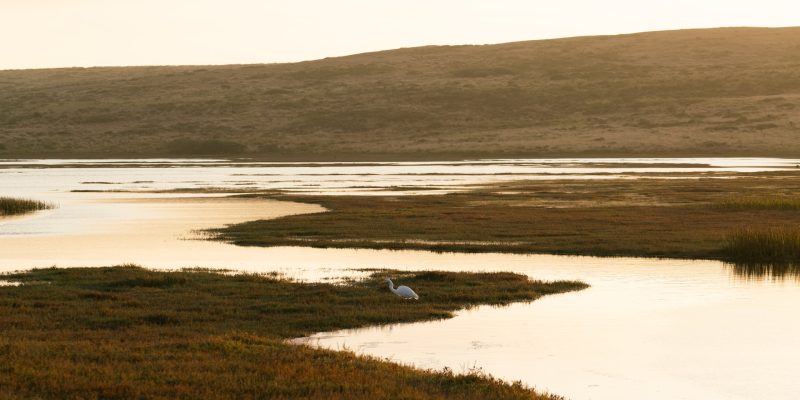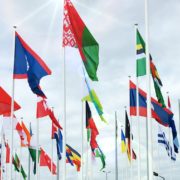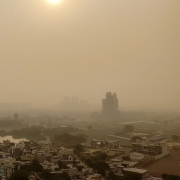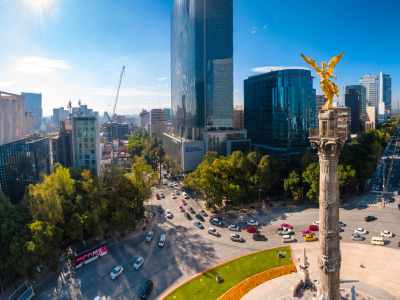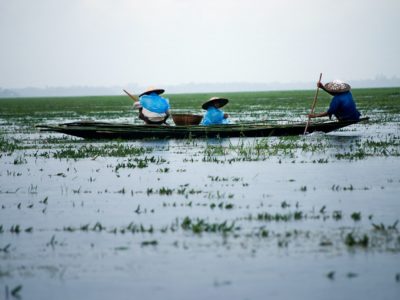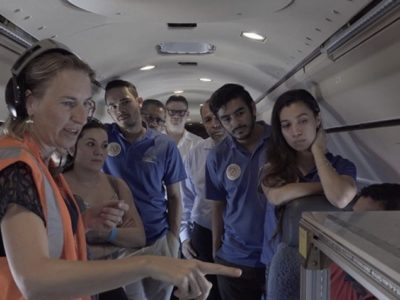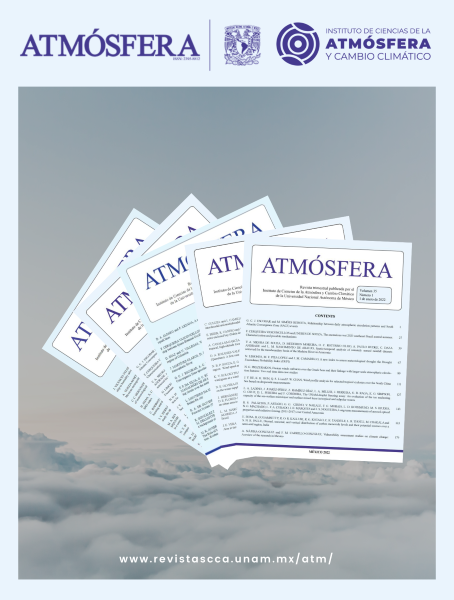Introduction
Wetlands are fundamental in the global and local water and carbon (C) cycles given their capacity to regulate greenhouse gases (GHG) and provide several ecosystem services such as representing the largest soil organic C reserves. They are key to understanding the current state of global warming and associated climate change. The wetlands experience an accelerated decline worldwide by land-use changes, deforestation, artificial drainage systems, fires the expansion of the agricultural or urban frontier. These human pressures transform these ecosystems from sinks to sources of C and this increases the warming potential of the atmosphere (IPCC, 2021).
The Medio Queso Wetland and socioeconomic conditions around
The area of wetlands in Costa Rica is estimated as 307 000 ha, the country participating in various international agreements to protect the wetlands, including the Ramsar Convention on Wetlands since 1992, but 51% of wetlands are located outside wilderness-protected area management, mostly listed as private property. An example of this case is the Medio Queso Wetland (MQW), for which only two kilometers are protected adjoined with Los Guatusos Wildlife Reserve in Nicaragua, albeit being an important cross-border wetland system in Central America.
MQW is in the lower-middle basin of the Medio Queso River and extends for 5000 ha in northern Costa Rica. It has been estimated that the potential area of peat bog in MQW is 3 800 ha (Peters and Tegetmeyer, 2019). MQW represents the most important primary gene pool source for improving rice cultivars in Costa Rica (Oryza grandiglumis and O. glumaepatula) (Zamora et al., 2003).
A vital service of the MQW is the protection of both lives and property from the impacts of extreme precipitation events. From 1988 to 2018, damage due to droughts and severe weather associated with the impact of tropical storms and cyclones have been estimated at 5.6 x107 USD in the region of Los Chiles (MINAE et al., 2022). Several drought events have been recorded in the last decades, including an emergency declaration due to drought in 2008. Droughts severely compromise agriculture and tourism activities, which can be alleviated by a conserved wetland system that can act as a water reservoir and buffer the drought impact. Severe weather events are often recorded in this region as the recent cases of Hurricane Otto (2016) and Tropical Storm Nate (2017). During heavy rainfall events, wetland vegetation can reduce flood damage by absorbing floodwater caused by rain and moderating their effects on built-up areas (Costanza et al., 2021).
The Medio Queso community is aware of the services the wetland provide, however, its conservation be far from being a priority. The socioeconomic development index of the Medio Queso community is low and exacerbated by the low level of schooling although most of the population have at least primary education. In Los Chiles, 55.37% of the population is in high and medium-high socioeconomic vulnerability. Poverty is an undeniable reality in the social landscape of the MQW and surrounding areas, a condition that increases concomitant with the pressure on the natural resources of the wetland system.
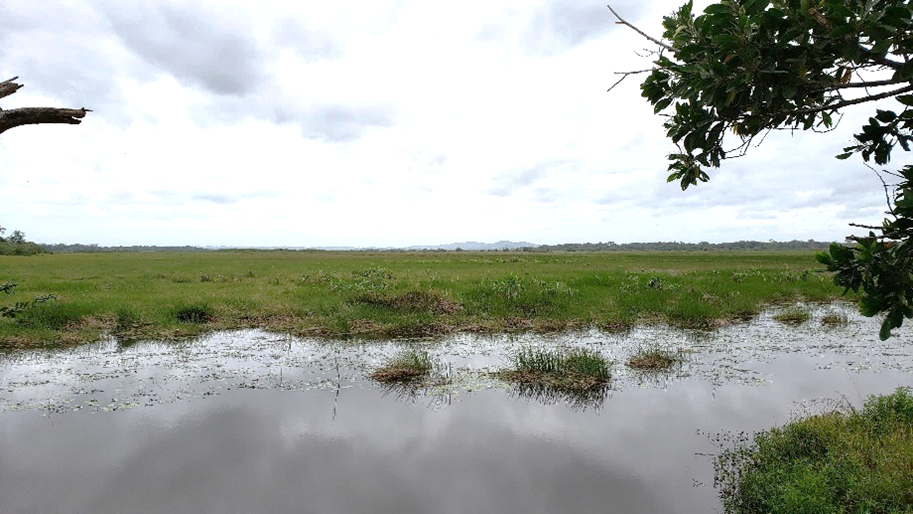
Environmental crisis in the Medio Queso Wetland
Future climate scenarios project a decrease in daily precipitation of up to -0.52% for 2040 and up to -0.71% for 2070 and temperature increases between 0.5 – 1°C by 2040 and between 1-1.5°C by 2070 based on RCP 4.5 scenarios (MINAE et al., 2022). Global warming scenarios may imply an increased likelihood of the MQW becoming a GHG source if degradation persists. The Action Plan for Climate Adaptation of Los Chiles highlights the value of wetlands as a C reservoir, while indicates weaknesses and threats like the lack of planning and leadership, non-compliance with environmental regulations, and constructions without prior planning.
The construction of the controversial Route 1856 in 2010, along the Nicaraguan border, increased human pressure in the region, leading to filled sites and building a dike and canals which altered the natural water flow across the MQW.
Burning fields and building small-scale drainage systems are common practices used to support livestock and agriculture in the region. Wetland drainage increases soil mineralization, leading to increased GHG emissions, land subsidence and causes a decline in the water storage capacity (Leng et al. 2019). It is effect can be seen as an increased in surface runoff accompanied by increased erosion and peak river flows rates.
The expansion of agriculture area has been documented in the region, changes in land use between 2000 and 2015 in the Huetar Norte Region increased pineapple cultivation from 6454 to 31346 ha, with approximately 3211 ha deforested and 90% of pineapple cultivation taking place in the wetlands of Medio Queso and Caño Negro (Camacho et al., 2017).
Some fires have been reported at MQW in the last years, in 2015 a fire consumed 200 ha and, in 2021 a fire affected approximately 223 ha of the community Los Llanos and around 17 ha at the MQW (Arguedas, 2021; Jimenez, 2022). Fire can play a significant role in the dynamics of wildlife in wetlands by modifying or maintaining vegetation communities and their habitat. High peat temperatures associated with fires kill microorganisms, damage plant roots and seeds, alter nutritional and water status, reduce soil fertility, influence peat formation processes and affect C dynamics. Frequent burning, especially immediately after the beginning of the dry season, reduces the biomass and organic matter content of the topsoil and leaves the wetland exposed to evaporation. This causes alteration of evapotranspiration and infiltration patterns, which increases runoff and decreases groundwater supply (Kotze, 2013).
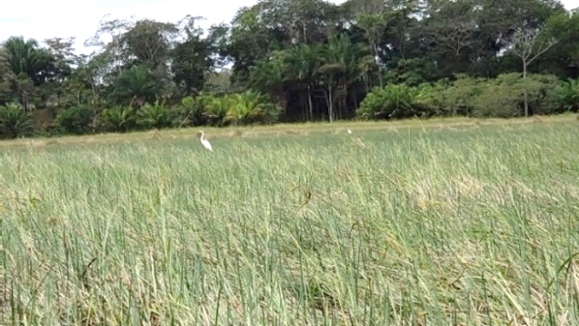
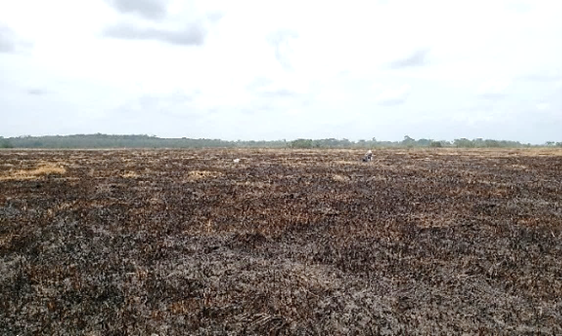
MQW conservation challenges and paths towards sustainable development
The Costa Rica regulations prohibit drainage and uses incompatible with conservation, but do not exist concrete actions to protect wetlands that are outside the protected areas. It is urgent to visualize and internalize wetlands as fundamental elements for sustainable development, adaptation to climate change and mitigation of GHG emissions. A resilience approach to wetlands should involve public management that promotes intervention and risk reduction and their valorization due to the ecosystem goods and services they generate.
The MQW is classified as a system of high vulnerability. Concrete actions according with the Costa Rican National Policy on Wetlands are needed, the implies the urgent need to act on lines of work aligned with the conservation of the wetlands, ecological rehabilitation, climate change adaptation, the sustainable use of the ecosystem resources and the community participation to strengthen the governance.
The social and economic benefits of the MQW are clear, but it has not been possible to generate a sense of belonging and care for important economics actors. It is still necessary to create awareness about the local importance of MQW, its conservation, rational use, and functionality including its biodiversity and ecosystem services, to guarantee MQW can act as a GHG sink. The conservation of MQW urges the rewetting of the wetland, especially the peatland areas, to prevent further soil mineralization, propagation of fires, increased GHG emissions and flood risk. In this context, within climate actions, the Rural Development Plan of the Guatuso-Upala-Los Chiles Territory suggests defining a wetland recovery program and promoting incentive payments for preserving forests and wetlandsand the ecosystem services they offer to society must be incorporated into the national green accounts.
MQW requires the establishment of a sustainable management plan, including the declaration as a Wetland of International Importance (Ramsar Site). The local government should implement policies based on land use to reduce the drivers of wetland loss, such as conversion for agriculture, urbanization, aquaculture, and promote sustainable practices such as the paludiculture, ecotourism and sustainable livestock. The paludiculture systems, (sustainable crop cultivation on wetlands) would accommodate the local community’s economic interests while conserving the wetlands (Tan et al., 2021). The use of adaptive crops and indigenous tree species with high economic value is highly recommended and mentioned within policies to cope with climate change. A proposed strategy for vegetation rehabilitation in the tropics is to use species that yield multiple ecological and social functions simultaneously. This method calls for planting a combination of vegetation that fulfills the following characteristics: native species, fast-growing species, flowering, and fruiting species to attract pollinators and dispersers for propagation, pioneer species, species tolerant of external disturbances and species that provide alternative livelihoods for the community with economic values.
In 2008, the Field Validation of the Tourism Diagnosis for the Canton of Los Chiles pointed out options for productive projects with tourism, such as buffalo breeding (Rodriguez, 2008). The water buffalo (Bubalus bubalis) has been attributed to the function of rehabilitating wetlands. Rotational grazing with water buffalo is an activity of great interest for the management of invasive vegetation in tropical wetlands and buffalo production since the animals develop well and produce milk and meat of high ecological quality.
MQW has an especially important tourist attraction, has their own scenic beauty and exotics birds. Currently, bird watching and artisanal fishing tours are offered. However, there is a lack of local tourist chains, which can organize and increase the capacity of the offer in tour. In addition, it is necessary to identify opportunities and productive tourism chains in the community, for example, the use of specie Eleocharis interstincta for made handicrafts, as baskets, decorative and textile objects.
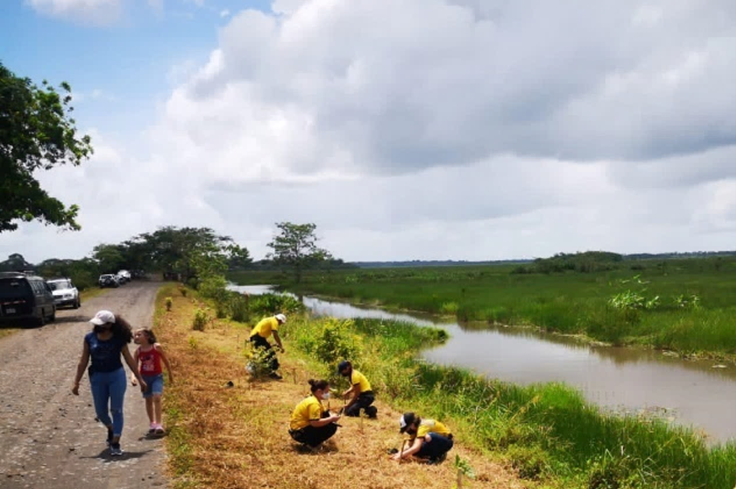
The MQW represents an important ecosystem for Costa Rica and is known to reduce the risk of the impact of extreme weather events along the border with Nicaragua, the non-sustainable human influence is converting the wetland in a C source. This is a motivation to properly address the exacerbated environmental crisis in the MQW and to increase awareness of the importance of understanding the benefits of MQW conservation and its interaction with the community. Solutions consistent with the social and economic development of people who live in the natural environment must be proposed and enforced by the local governments and institutions responsible for environmental conservation and territory planning.
References
Arguedas C. Ardieron 223 hectáreas de pastizales y charrales en Los Chiles, Alajuela. 2021 May 20. La Nación. Available at https://www.nacion.com/sucesos/desastres/ardieron-223-hectareas-de-pastizales-y-charrales/YD55SZ7ECJEHLK6V6INCSCFTRQ/story/ (accessed 2022 December 2)
Camacho A, Herrera J, Vargas P, Jiménez R, Veas N, Acuña F, Quirós M. 2017. Estado de los humedales: nuevos desafíos para su gestión. Costa Rica: Informe estado de la Nación en Desarrollo Humano Sostenible. Disponible en https://estadonacion.or.cr/files/biblioteca_virtual/023/Ambientales/Miranda-M_et-al_2017.pdf
Costanza R, Anderson SJ, Sutton P, Mulder K, Mulder O, Kubiszewski I, Wang X, Liu X, Pérez-Maqueo O, Luisa Martinez M, Jarvis D, Dee G. 2021. The global value of coastal wetlands for storm protection. Global Environmental Change, 70. https://doi.org/10.1016/j.gloenvcha.2021.102328
IPCC. 2021. Water Cycle Changes in Climate Change 2021: The Physical Science Basis. Cambridge University Press, Cambridge, United Kingdom, 2391 pp. https://doi.org/10.1017/9781009157896
Jiménez S. 2022. Zona Norte está lista para luchar contra nueva temporada de incendios forestales. La Región. Available at https://laregion.cr/los-chiles/zona-norte-esta-lista-para-luchar-contra-nueva-temporada-de-incendios-forestales/ (accessed 2022 December 2)
Kotze DC. 2013. The effects of fire on wetland structure and functioning. African Journal of Aquatic Science 38: 237–247.
Leng LY, Ahmed OH, Jalloh MB. 2019. Brief review on climate change and tropical peatlands. Geoscience Frontiers 10: 373–380. https://doi.org/10.1016/j.gsf.2017.12.018
MINAE. 2018. Proyecto Humedales de SINAC-PNUD-GEF (Inventario Nacional de Humedales). Sistema Nacional de Áreas de Conservación, Costa Rica, 172 pp. Available at http://www.sinac.go.cr/ES/noticias/Documents/INVENTARIO NACIONAL DE HUMEDALES – Final.pdf (accessed 2022 December 2)
MINAE. 2022. Plan de acción para la adaptación climática cantón Los Chiles. Producto 3: 1-195.
Peters J, Tegetmeyer C. 2019. Inventory of peatlands in the Caribbean and first description of priority areas. International Tropical Peatlands Center. Greifswald: Greifswald Mire Centre.
Ramsar Convention on Wetlands. (2018). Global Wetland Outlook: State of the World’s Wetlands and their Services to People. Gland, Switzerland: Ramsar Convention Secretariat.
Rodríguez G. 2008. Validación en campo del diagnóstico de turismo para el cantón de los chiles. Proyecto Promes. Available at http://usi.earth.ac.cr/glas/sp/DocTecnicos/Promes/validacion_en_campo_los_chiles_agosto%202008.pdf (accessed 2022 December 2)
Tan ZD, Lupascu M, Wijedasa LS. 2021. Paludiculture as a sustainable land use alternative for tropical peatlands: A review. Science of the Total Environment 753: 142111. https://doi.org/10.1016/j.scitotenv.2020.142111
Zamora A, Barboza C, Lobo, Espinoza A. 2003. Diversity of native rice (Oryza Poaceae:) species of Costa Rica. Genetic Resources and Crop Evolution 50: 855–870.

